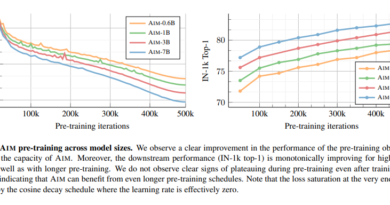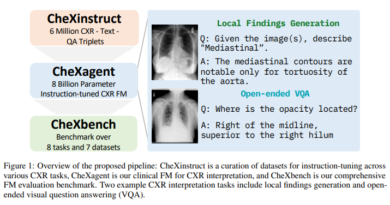How Quantum Machine Learning is Transforming EEG Signal Processing
In recent years, there has been a growing interest in combining quantum computing with machine learning to solve complex problems more efficiently. One area where this combination has shown great promise is in the analysis of electroencephalogram (EEG) signals. EEG signals record the electrical activity of the brain and are crucial for understanding neural processes and diagnosing disorders. However, the analysis of these signals can be computationally intensive and time-consuming. This is where quantum machine learning (QML) comes into play, offering the potential for accelerating EEG signal analysis and improving accuracy.
Understanding Quantum Machine Learning

Before diving into how QML can be applied to EEG signal analysis, it’s important to understand what quantum machine learning is. QML is an interdisciplinary field that aims to leverage the power of quantum computing to enhance traditional machine learning algorithms. Quantum computers, unlike classical computers, utilize quantum bits or qubits, which can exist in multiple states simultaneously. This property allows quantum computers to perform certain computations much faster than classical computers.
In the context of EEG signal analysis, QML can be used to speed up the various steps involved in the analysis process, including preprocessing, feature extraction, and classification. By harnessing the computational power of quantum computers, QML has the potential to revolutionize the field of EEG signal analysis.
Preprocessing and Feature Extraction

Preprocessing is a crucial step in EEG signal analysis as it involves removing noise and artifacts from the raw EEG data. Traditional preprocessing techniques can be computationally expensive and time-consuming. However, quantum computing can offer significant speedup in this step.
One approach is to encode the EEG signals into quantum states using a quantum random access memory (QRAM). This allows for efficient storage and retrieval of quantum states, reducing the computational complexity of preprocessing.
Feature extraction is another important step in EEG signal analysis, as it involves identifying relevant features from the preprocessed data. Quantum wavelet packet transformation (QWPT) can be applied to extract features such as wavelet packet energy entropy (WPEE). QWPT is a quantum version of the classical wavelet packet transform, which offers advantages in terms of speed and efficiency.
Classification with Quantum Machine Learning
Once the features have been extracted from the EEG signals, they can be used for classification using quantum machine learning algorithms. Quantum support vector machines (QSVMs) are a popular choice for classification tasks in QML. QSVMs leverage the power of quantum computing to efficiently separate data points in high-dimensional feature spaces.
A key advantage of QSVMs is the ability to implement nonlinear kernel functions efficiently. Nonlinear kernels allow for more complex decision boundaries, enabling better classification accuracy. Quantum circuits can be used to simulate the Hamiltonians required for kernel approximation, and the universal quantum approximation algorithm enhances the efficiency of nonlinear kernel evaluations.
Advantages and Challenges of Quantum Machine Learning for EEG Signal Analysis

The integration of quantum computing with machine learning holds immense promise for accelerating EEG signal analysis. By leveraging the inherent parallelism of quantum computers, QML can significantly speed up computational tasks involved in EEG analysis, leading to faster and more accurate results.
Furthermore, QML has the potential to handle the nonlinear dynamics present in EEG signals more effectively compared to classical machine learning approaches. This is crucial for capturing the complex relationships between different brain activities and improving the accuracy of classification.
However, there are still challenges that need to be addressed in the application of QML to EEG signal analysis. One challenge is the optimization of hyperparameters within the quantum algorithms. Proper selection of hyperparameters is crucial for achieving optimal classification performance. Techniques like the grid search algorithm can be employed to optimize these hyperparameters.
Another challenge is the need for more experimental validation on real-world EEG data. While there have been studies showcasing the feasibility and efficacy of QML for EEG signal analysis, further research is needed to validate these findings on diverse datasets and evaluate the generalizability of QML approaches.
Conclusion
Quantum machine learning offers exciting possibilities for accelerating EEG signal analysis. By harnessing the power of quantum computing, QML can expedite the preprocessing, feature extraction, and classification steps involved in EEG analysis. This has the potential to significantly improve the efficiency and accuracy of EEG signal analysis, ultimately leading to better diagnoses and treatments for neurological disorders.
While there are still challenges to overcome, ongoing research in the field of QML for EEG signal analysis holds immense promise. As quantum computing continues to advance, we can expect further innovations in the application of QML to various domains, including neuroscience and healthcare.
Explore 3600+ latest AI tools at AI Toolhouse 🚀. Don’t forget to follow us on LinkedIn. Do join our active AI community on Discord.
Read our other blogs on AI Tools 😁
If you like our work, you will love our Newsletter 📰




